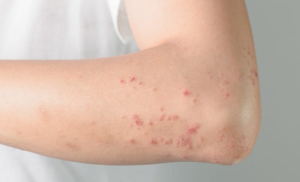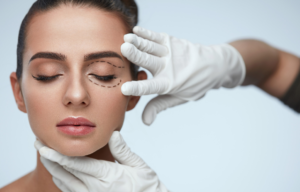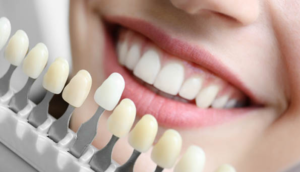
what if it was a skin allergy? In this case, be aware that this is not the first time you have encountered the allergen. In fact, the initial stage of the allergic process, called the “sensitization phase”, does not trigger any symptoms. During this period, the immune system identifies a foreign substance as a threat that must be eliminated at all costs – when it is actually harmless to the body – and then produces antibodies specifically directed against it. From then on, they will try to destroy it every time it comes into contact with your skin, giving rise to different allergic manifestations: we explain how to identify and combat them in our article!
Symptoms of skin allergy
Symptoms often appear within 48 hours of exposure to the allergen . The skin becomes red, swollen and becomes covered with oozing blisters at the contact area. Severe itching also appears: this is the famous allergic contact eczema , which then leads to the formation of small scabs. Rest assured: they disappear in a few days without leaving any scars… But there are also faster manifestations. So, when the allergy causes a real attack of hives , the symptoms appear within 15 to 30 minutes following exposure. Raised reddish plaques, called papules, first form at the contact area but they can extend much further in certain cases. Fleeting, they disappear within a few minutes to a few hours and can, like eczema, be accompanied by intense itching.
Symptoms that appear? Talk to a doctor
Many possible allergens…
Although the mechanism initiating the allergic process is still poorly understood, we do know of many allergens capable of triggering a skin allergy. Among them are:
nickel , a heavy metal present in many “costume” jewelry. Be careful: almost one in 5 women are allergic to it;
latex , notably used to make condoms;
various plants. Among the most common allergies, let us cite for example that to asteraceae (e.g.: sunflower, dahlia, chamomile);
a very large number of allergens present in cosmetics, detergents and other household products .
But these are just a few examples among others because in reality, there are several thousand molecules capable of triggering an attack of eczema or hives .
Skin reactions: when should you consult?
As a general rule, allergic skin manifestations are not serious and can be easily relieved with creams sold without a prescription in pharmacies. However, it is recommended to consult a doctor if:
you do not know which allergen is in question;
your plates expand ;
your symptoms do not improve after 5 days despite the application of creams.
Also note that certain attacks of urticaria can be accompanied by angioedema . Generally, the eyelids and lips swell but other areas can be affected such as the genitals and hands for example. The real danger occurs when the edema affects the larynx (located in the throat) because this represents a choking hazard. At the slightest difficulty breathing, dial 15 !
How is a skin allergy diagnosed?
To detect skin hypersensitivity, the allergist often performs a “patch test” , also known as an epicutaneous test. In practice, you must keep patches on your skin for 48 to 72 hours, until the tested allergens penetrate the epidermis and trigger a reaction… At least if you really suffer from a skin allergy! Keep in mind that “ingestion” allergies, such as a food or drug allergy, can also cause eczema or hives. You may therefore be required to carry out other tests, until the allergen in question is identified: sometimes the diagnosis is very rapid but in certain cases, you have to be patient.






